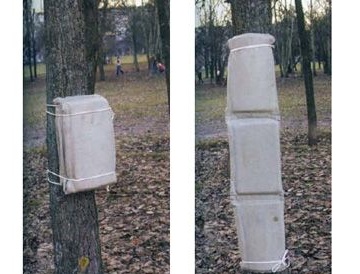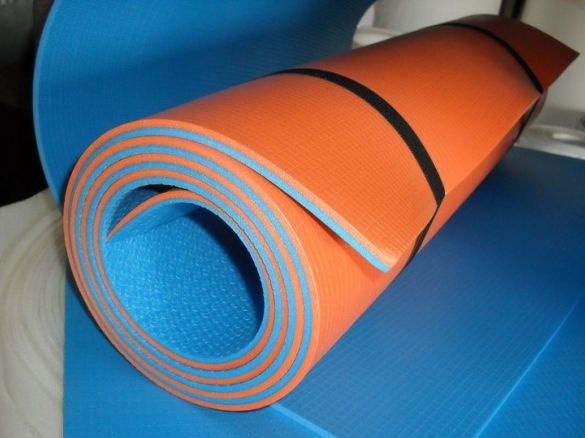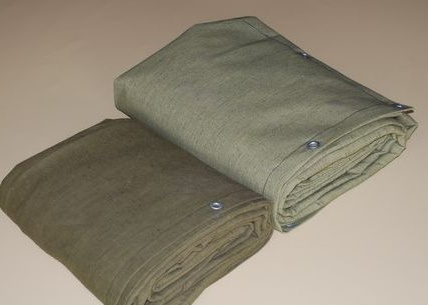
Makivara ... Such a mysterious word, from recent times more and more often heard among sports fans, and especially karatekas. What is this - makiwara?
To begin with, let's take a look at where this word came from. Makivara is a special simulator for karateka, an analogue of a punching bag, which allows you to train strokes and increase their power and accuracy. Makivara appeared in karate back in the days of the ancient Chinese imperial dynasties, and has been used practically since the very creation of karate. As we recall, in ancient times karate was not just a sport, but also a way to survive, on which life and health often depended. And it was not uncommon for cases when just one hit determined the winner of the fights. Makivara was used to train such precise knockout punches. Then it was a wooden board installed on the ground, one end of which was dug deep into the ground, and the other tied with straw. As the fighter’s fitness increased, the amount of straw decreased, and over time the straw was completely removed, and the fighter practiced blows on the board.
And although more than one century has passed since then, makiwara has not changed. Of course, with the advent of new materials, such as polyethylene foam or foam rubber, straw as a material for creating makiwara is no longer as popular, but in everything else makiwara remained the same as hundreds of years ago.
Why is it needed? Having created makiwara at home, you will not only improve the technique of strokes, but also strengthen the ligaments and tendons, increase the strength of bones and muscles. What do we need for this?
So, we need to prepare: polyurethane foam (the material from which mats are made for hiking), tarpaulin, leather or leather, several elastic bands, each about three centimeters wide and Velcro.
First, several rectangles should be cut from polyurethane foam, with side sizes of about twenty and thirty centimeters, respectively. Why do we need them? It is these plates that will take our blows on themselves and absorb them, which will make training with makiwara more comfortable.
Next, you need to take a previously prepared tarpaulin or leatherette, fold it several times for greater strength, and lay on the tarpaulin or leatherette polyurethane foam plates. After that, wrap these plates with the material we use and sew them inward. If you did everything correctly, you should get a kind of “column” with plates sewn inside.
What is better for making makiwara? Each of the above materials has both pros and cons. When using tarps in sewing makivara, you risk damaging your hands and scratching your skin on your fists while practicing blows. In addition, when training on the street in the rain or when placing makivara, for example, on a wet tree, the tarp quickly gets wet, which, of course, negatively affects the quality of training.
As for leather or leatherette, the main drawback of such a material is its price, which is an order of magnitude higher than the price of canvas or burlap.
Now it's time to sew on the elastic bands for attaching our makivara. To do this, take four elastic bands, each about seventy centimeters long, and sew one elastic band on each seam of makivara.
Why do we need Velcro, which was discussed at the beginning of the article? They must be sewn along the seams near the makivara plate, being careful not to place Velcro on its impact surface. This is important so that during the practice of strikes you do not fall on Velcro and do not hurt your hands about them. Velcro sewn near the seams will allow us to open makivara compartments with plates without embroidering the seams, which means that it will be possible to replace worn out plates from impacts without violating the overall integrity of the structure.
And finally, it remains to figure out where and how to fix the resulting makiwara. Such makiwara is attached to any tree, with a trunk thickness of about ten to fifteen centimeters. An important condition: the tree must be flexible and slightly bend from your bumps. Checking this is very simple: if the tree bends when you press on it with your hand, then it is suitable for training. Please note that if you ignore this condition, you risk injuring your joints.

The makiwara sewn by us is very functional and can be used both in expanded form, and in folded and doubled and tripled, which allows you to significantly diversify the workout with it.



